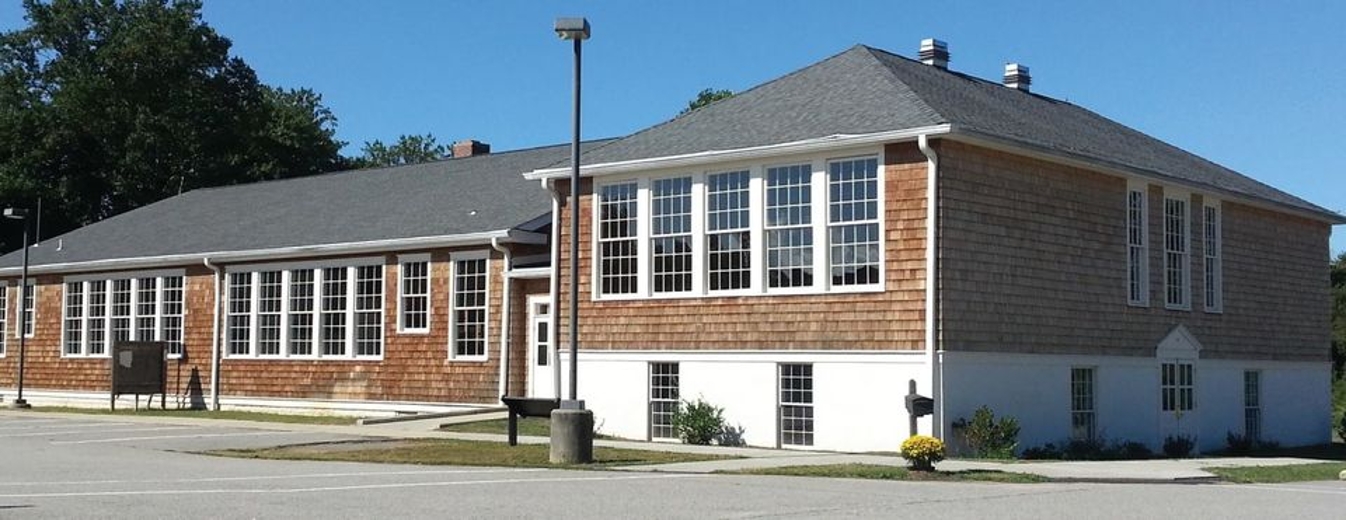
Exploring Historic Sites and Battlefields
Eastern Shore Maryland Historic Sites and Battlefields
Historic sites and battles on the Eastern Shore of Maryland provide glimpses into the region's role during the Revolutionary War, War of 1812 and Civil War serve as reminders of the bravery and resilience of the people who worked as well as defended their communities.
Cambridge: At the Harriet Tubman Underground Railroad State Park and Visitor Center the park tells the story of Harriet Tubman, who helped hundreds of slaves escape to freedom via the Underground Railroad. Visit the Cambridge visitor center for the historic Civil War trail markers.
Centreville: Visit the two historic African American school houses, Kennard School (now Kennard African American Cultural Heritage Center & Museum) that operated from 1936-1966 and The Hope School that operated from 1936-1966. Also in your visit tour the 1744 Wright’s Chance plantation house with period furnishings.
Chestertown: Home to the Kent County Civil War Monument which lists the names of Maryland soldiers that were sent to fight for the Union and Confederate armies. Also visit the G.A.R. Sumner Hall, one of two existing African American Grand Army of the Republic buildings still standing in the United States.
Crisfield: This town is home to the J. Millard Tawes Historical Museum, which tells the story of the Eastern Shore's seafood industry.
Denton: View and learn about the trail markers, “Emancipation’s Close Call, “The Denton Arrests” and “War Along The Chesapeake” erected by Maryland Civil War trail markers. Stand in the spot where President Franklin D. Roosevelt made a critical radio broadcast on Labor Day 1938, “The Biggest Day Denton ever had.”
Easton: As Easton was expected to be a British target during the War of 1812, view and read the Star-Spangled Banner historic marker off Port St. (near the Tred Avon River). In addition, hop over to Washington St. to see the Third Haven Meeting house completed in 1684, Maryland’s oldest frame building.
Fairlee: About 8 miles outside of Chestertown, visit the Revolutionary Historical War of 1812 Battleground, Caulk’s Field, as well as the Caulk’s Field monument.
Oxford: While in Oxford visit the John Wesley Church & Nellie Brooks Leatherberry African American Museum and Water’s Edge Museum presenting black farmers, sailmakers, military figures, watermen and more. Also take a ride on the Oxford-Bellevue Ferry which is believed to have started in 1683 and be the oldest privately owned ferry in the United States.
Preston: In Preston, the Linchester Mill was the nation’s oldest running business and once sold grain to George Washington’s Army during the Revolutionary War. The Linchester Mill campus also includes Hog Island School, the Miller and Assistant Mill’s house and a Nature & Braille trail.
Queenstown: Home to the Bowlingly Historical Marker. The marker commemorates the landing of British troops in 1813, where they defeated the local militia and caused significant damage to the manor house. While in Queenstown, visit the historic Queenstown Colonial Courthouse (c 1709).
Rock Hall: Visit, view and learn about the numerous historic markers throughout Rock Hall such as “A Diversion” and “the Clever Ruse”- Star Spangled Banner National Historic Trail of the War of 1812.
Snow Hill, MD: Step back in time to the 19th-century village of the Nassawango Iron Furnace at the Furnace Town Historic Site featuring 19th-century buildings, artisans' studios, and the restored iron furnace.
St. Michaels: Visit the town that “fooled the British” during the War of 1812. This historic town is home to a number of charming shops and restaurants as well as the Chesapeake Bay Maritime Museum focusing on preservation of the Bay’s maritime history and the life of the people during the War of 1812.
Stevensville: This town hosts a number of historic buildings such as Stevensville Bank (c 1903), train depot (c 1902), post office (c 1877), dry goods stores, historic churches and the Cray house (c. 1809) is a rare example of post-and-plant construction.
Taylors Island: This island is known for “The Battle of the Ice Mound”, the final engagement in the War of 1812. Many sites on the island are listed on the Historic National Register.
Wye Mills: See the operating Grist Mill focusing on the period 1790-1830 when wheat brought prosperity to the Eastern Shore.
For more locations of historical markers and war memorials, visit www.HMdb.org




